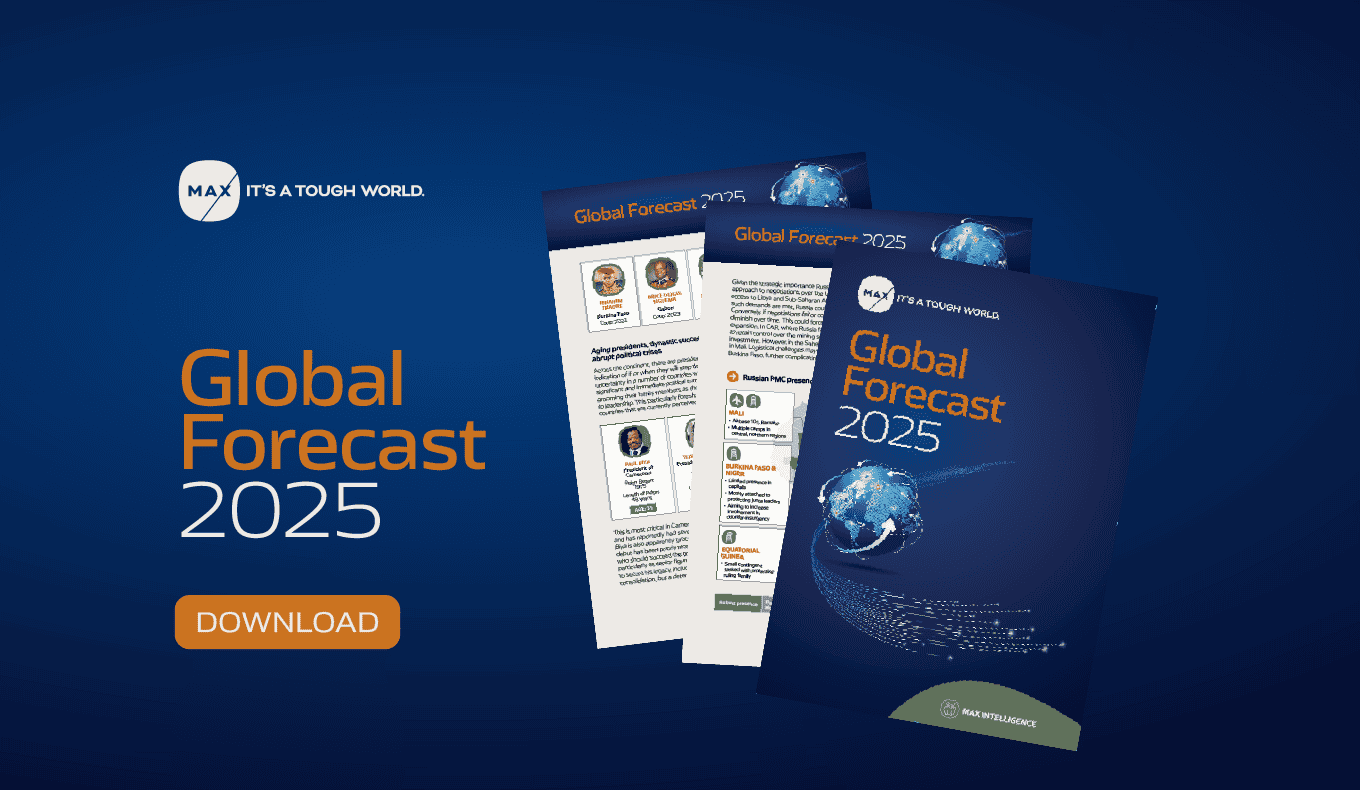Former president Donald Trump’s presidential victory and the Republicans securing trifecta, the House, Senate, and White House, in the November 2024 US elections has been significant with the potential to drive shifts in Washington’s domestic and foreign policy outlook. On the domestic front, the Trump administration is likely to prioritize major policy changes regarding regulatory norms, energy production, border and immigration, and tax cuts, consistent with his campaign promises and wider voter sentiment. With Republicans securing 52 seats in the 100-member Senate, falling short of eight votes to break a filibuster, key proposals concerning border security, migration, and the deregulation of the energy sector may face pushback. However, proposals associated with tax cuts are expected to secure swift Congressional approval because of a reconciliation measure which allows to break the filibuster in cases regarding certain taxes, spending, and debt limit legislation.
Trump’s touted enthusiasm in signaling a deregulatory approach for businesses, reflected in the first-ever creation of the Department of Government Efficiency (DOGE) aimed at optimizing bureaucracy, is likely to lead to roll back of certain regulations, particularly for banking and financial services and environmental clearances. This would suggest a more favorable framework for cryptocurrencies and open banking initiatives. Meanwhile, the expected regulatory changes at the federal level could elicit increased enforcement and scrutiny of state compliance agencies in Democratic-led states in areas like banking and environmental clearances, potentially adding to delayed project timelines or operational uncertainty.
For the energy sector, policies are likely to be reversed or revised on multiple fronts aligning with Trump’s objective of boosting domestic production and lowering electricity costs. As a result, the new April 2024 Environment Protection Agency (EPA) rules for gas and coal plants on pollution control are likely to be reversed, easing regulatory compliances for the sector. Liquified natural gas (LNG) permit approvals are expected to be fast-tracked, reversing former President Joe Biden’s temporary pause on pending approvals of LNG exports to countries not in the Free trade Agreement.
Moreover, increased access to federal lands and offshore waters for oil and gas development is likely. Despite Trump’s pledge to rescind pending funds from the Inflation Reduction Act (IRA) for clean energy projects, a complete repeal of IRA provisions in the immediate term is unlikely. This is because some IRA provisions, such as the tax credit for nuclear power or the credit for domestic manufacture of renewable fuel, carbon capture, and other clean technologies, have generated jobs and investment specifically in Republican-controlled states and districts, including in Florida, Georgia, and Texas. In addition, expected higher tariffs on Chinese imports will pose challenges in limiting clean energy incentives immediately. This is because the US-based automobile and energy sectors could face a rise in production costs with the domestic market being heavily reliant on Chinese batteries.
Furthermore, Trump’s tax agenda is expected to emphasize significant cuts to foster economic growth, with a focus on reducing corporate tax rate and simplifying the tax code. Trump is expected to extend the 2017 Tax Cuts and Jobs Act (TCJA) beyond 2025, which broadly cuts individual and corporate taxes, and will be accompanied by further lowering of corporate taxes from 21 percent to 15 percent for domestic production and exempting tips, overtime pay, and Social Security payments. However, an associated cap on State and Local Tax (SALT) deductions has been a contentious issue at the bipartisan level. While Trump hinted at eliminating the 10,000 USD SALT cap, the anticipated deficit burden could alternatively result in increase in SALT caps and benefit high-income taxpayers.
In terms of business-union relations, there appears to be comparatively lesser clarity. Trump has denounced the long-stalled Protecting the Right to Organize (PRO) Act, which prevents employers from interfering with union elections and protects striking workers. However, the selection of a pro-union Labor Secretary, Congressmember Lori Chavez-DeRemer, and the growing electoral support of rank-and-file union members for Trump, will add to policy ambiguity. Similarly, although Trump has persistently denounced the Affordable Care Act (ACA), there is no concrete indication of an alternative. Uncertainty also persists vis-a-vis Trump’s intention of lowering drug prices. In addition, Trump consistently maintained opposition to signing a federal abortion ban throughout the electoral period, reflecting a moderation of stance over the issue stemming from perceived voter unpopularity. This suggests that potential attempts by hardline Republicans to impose a national ban are unlikely to materialize. However, Trump’s position on reproductive healthcare policy remains unclear.

With a more hardline stance expected on border security and immigration, ending Deferred Action for Childhood Arrivals (DACA) and temporary parole programs and reinstating the Remain in Mexico plan are likely to take centerstage. The mass deportation plan, however, is likely to face legal pushbacks and logistical challenges, delaying and limiting the scope of the process, as recorded during Trump’s first term. Nonetheless, increased coordination between federal and local law enforcement agencies to streamline deportation procedures for undocumented immigrants can be expected.
As a result, public and political discourse over immigration will likely remain divisive. Left-wing activist groups are liable to be more organized and influential in the coming years, potentially with a renewed focus for pro-immigration, gender rights, and climate discourse. This is particularly likely given the expected decrease in relevance of the pro-Palestinian cause among US-based left-wing groups in light of the potential resolution of the Israel-Hamas conflict under a Trump administration. With this, a higher scale and intensity of protests by left-wing groups can be expected in major cities, specifically on symbolic dates and periods such as during Pride month in June or global climate solidarity weeks.
From a foreign policy standpoint, Washington is likely to be more protectionist with a transactional and bilateral approach over multilateral cooperation regarding trade and diplomacy. Key areas of change could include a tougher stance on China, renegotiation of trade deals by leveraging tariffs to reshore domestic manufacturing and fortify national security, and potential reassessment of NATO commitments. The most prominent display of Trump’s foreign policies will be him following through with his promises of ensuring the end of the ongoing Russia-Ukraine and the Israel-Hamas conflict. In summary, Trump’s victory and a Republican trifecta would reshape domestic policies and drive a geopolitical realignment, with legal, political, and fiscal challenges likely to limit the scope and pace of the changes.















